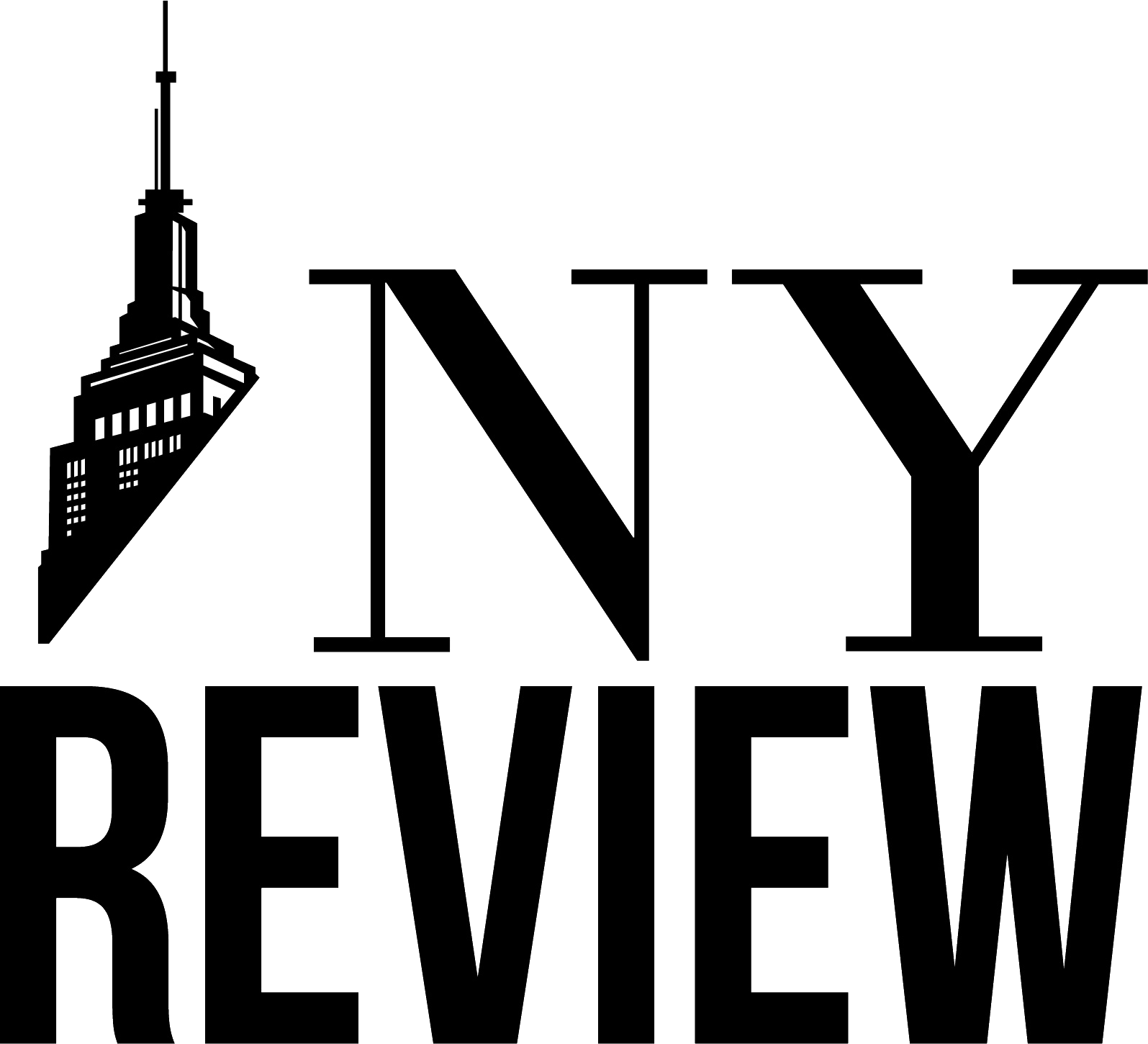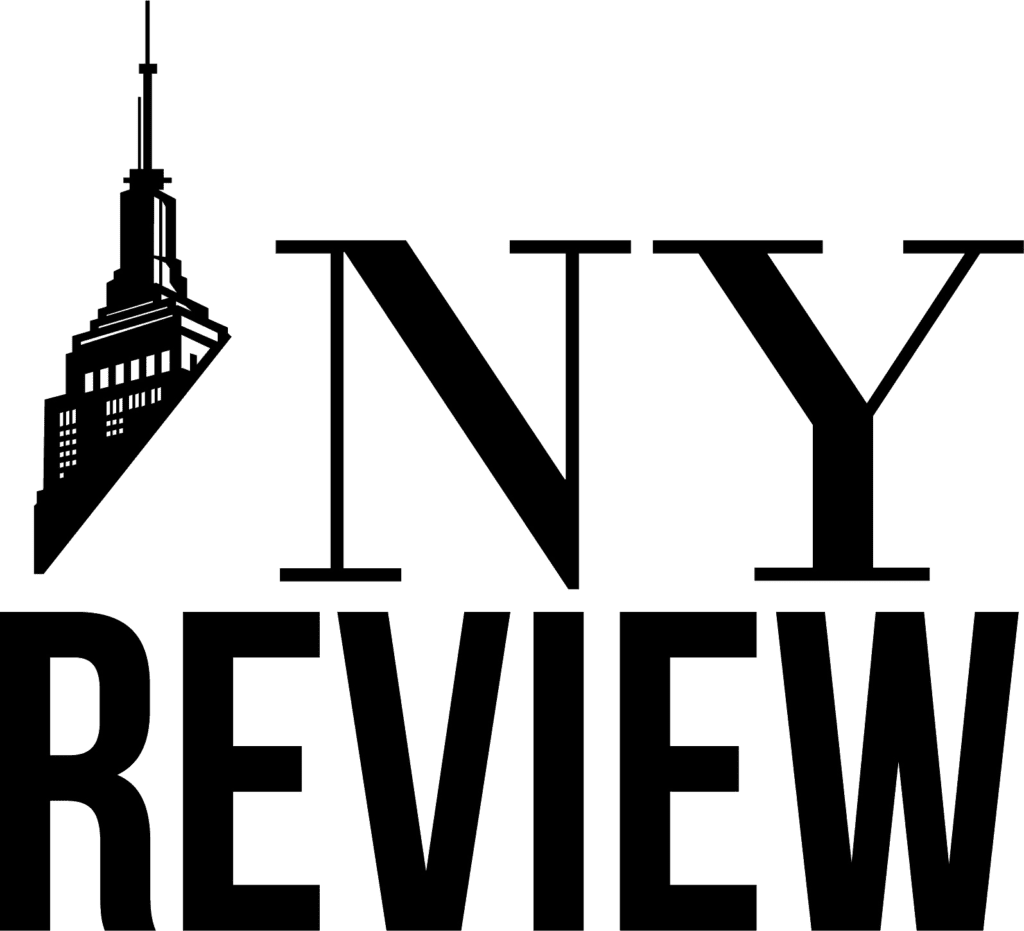The U.S. labor market showcased unexpected strength in June, with employers adding 147,000 jobs, surpassing economists’ forecasts of 110,000. This marks a significant uptick from May’s revised figure of 139,000 jobs. The unemployment rate also saw a slight decline, falling to 4.1% from 4.2% in May, signaling continued resilience in the labor market.
The stronger-than-anticipated job growth has led to a recalibration of expectations regarding the Federal Reserve’s monetary policy. Prior to the release of the jobs report, there was a 23.8% probability of a rate cut in July. However, following the robust employment data, that likelihood has diminished to just 6.7%. Market participants now see a 71% chance of a rate cut in September, reflecting a shift in expectations to later in the year.
In response to the data, financial markets reacted positively. The S&P 500 reached an intraday record high, buoyed by investor optimism about the economy’s strength. Bond yields also surged, with the 10-year Treasury yield climbing to 4.339%, reflecting reduced expectations for near-term rate cuts.
Federal Reserve Chair Jerome Powell emphasized the importance of maintaining the Fed’s independence amidst political pressures. Despite calls from some quarters for immediate rate reductions, Powell indicated a commitment to holding rates steady for now, citing the need for more data to assess the trajectory of inflation and economic growth.
While the headline numbers suggest a robust labor market, underlying data presents a more nuanced picture. Private sector job growth was modest, with only 74,000 jobs added, and there are concerns about rising numbers of discouraged workers and a narrowing scope of job gains. These factors indicate potential mismatches between job seekers and employer needs, suggesting that the labor market may not be as strong as it appears on the surface.
Looking ahead, the Federal Reserve faces the challenge of balancing its dual mandate of promoting maximum employment and stabilizing prices. With inflation still above the Fed’s 2% target and the labor market showing signs of strength, the central bank is likely to proceed cautiously. Analysts predict that, barring significant changes in economic indicators, the Fed may opt to hold rates steady in the near term, with potential rate cuts delayed until later in the year.
As the economy continues to navigate the complexities of post-pandemic recovery, trade policies, and inflationary pressures, the Federal Reserve’s decisions in the coming months will be closely watched by markets and policymakers alike.


